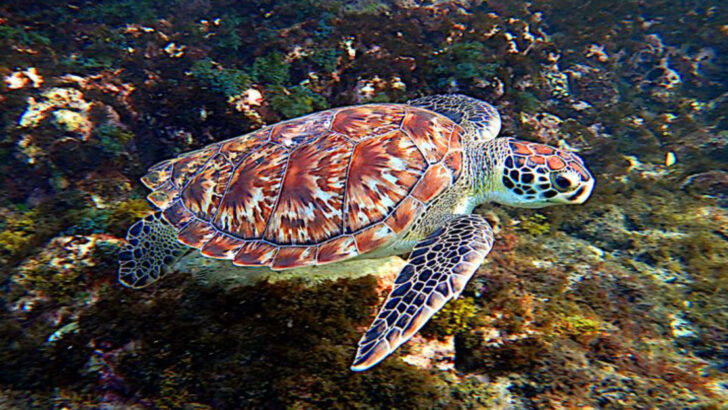They live alone, not by choice—but because they’re the last of their kind. These rare animals once had herds, flocks, or families. Now, they exist in quiet isolation, clinging to survival while the world moves on around them. Some live in zoos under constant watch. Others roam remote corners of the wild, unseen and nearly forgotten. If they disappear, there won’t be another. No second chance, no next generation—just silence where something wild used to be.
Pygmy Three-Toed Sloth

Perched on the mangroves of Isla Escudo de Veraguas, the Pygmy Three-Toed Sloth captivates with its slow, deliberate movements. It spends its days lounging high above the ground, a testament to its solitary nature. With a population dwindling to roughly 100, these sloths face existential threats from deforestation and climate change.
Their unique habitat, a small island in Panama, is crucial to their survival. Despite its calm demeanor, the sloth’s future hangs in the balance. Conservation actions are critical to preserving this species that has roamed the earth for millions of years.
Did you know? The Pygmy Three-Toed Sloth is the smallest of its kind, adding to its charm and vulnerability.
Sunda Island Tiger
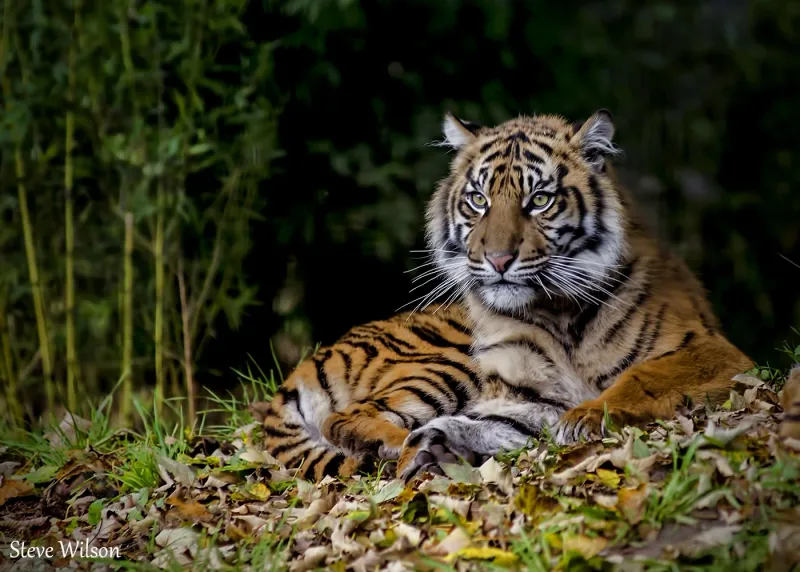
The Sunda Island Tiger, a subspecies of the tiger, prowls the rainforests of Sumatra, a symbol of wild majesty. With fewer than 400 remaining, these tigers face dire threats from poaching and habitat destruction. Their powerful build and keen instincts are not enough to ensure their survival without human intervention.
Sumatra’s jungles provide a refuge, yet illegal activities continue to jeopardize their existence. Conservationists strive to create a future where tigers and humans coexist harmoniously.
Interesting fact: The Sunda Island Tiger is smaller than its mainland relatives, adapted perfectly to life in dense forest environments.
Northern White Rhinoceros

The Northern White Rhinoceros once roamed the African savannahs in herds. Now, only two remain, both females, protected under constant surveillance. Their extinction looms due to poaching and habitat loss.
Efforts to save them include advanced reproductive technology, hoping to revive the population. Scientists are racing against time.
The rhino’s plight stresses the dire effects of wildlife crime. Conservationists urge global action to prevent such tragedies. Every visit to African reserves supports these endangered giants, highlighting the need for sustainable tourism.
Hawksbill Turtle
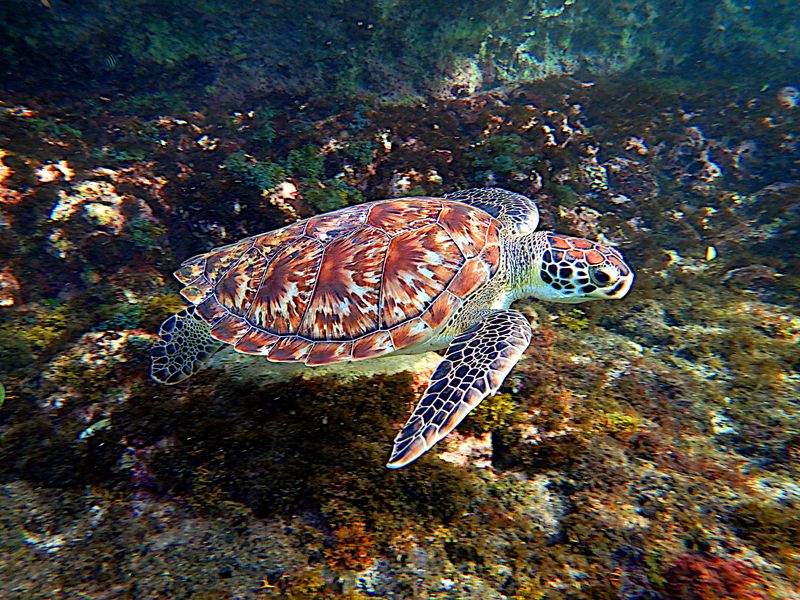
Gliding through the azure waters of the Caribbean, the Hawksbill Turtle is a marine marvel. Known for its beautifully patterned shell, this turtle plays a vital role in maintaining healthy coral reefs. Sadly, its population has plummeted due to illegal trade and habitat degradation.
Efforts to protect this species focus on safeguarding nesting sites and combating illegal poaching. The Hawksbill’s plight underscores the delicate balance of marine ecosystems and the urgent need for protection.
Fun fact: Hawksbill Turtles help coral reefs thrive by controlling sponge populations, showcasing their ecological importance.
Saola
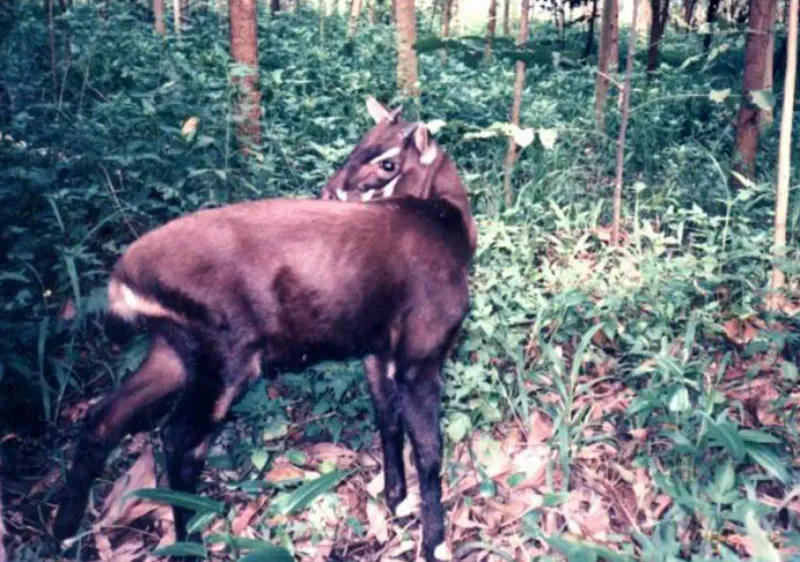
Dubbed the ‘Asian Unicorn’, the elusive Saola is a symbol of mystery and wonder. Discovered only in 1992, fewer than 100 are believed to exist today. The Saola’s long, slender horns and striking facial patterns set it apart from other forest dwellers.
In Vietnam’s Annamite Range, it navigates the dense forests, evading both predators and human encroachment. Conservationists face an uphill battle to protect this enigmatic creature from extinction.
Did you know? The Saola was discovered due to its unique horns, making it one of the most significant zoological finds of the 20th century.
Vaquita
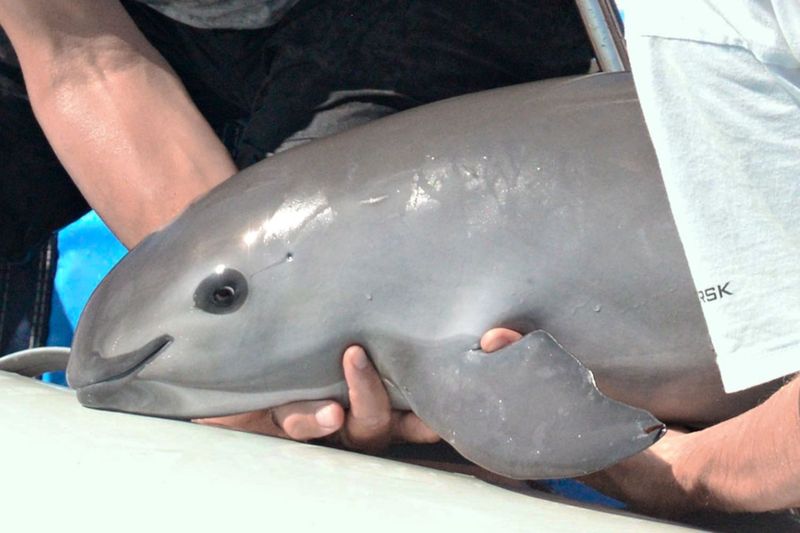
The Vaquita, the world’s smallest porpoise, resides in Mexico’s Gulf of California. Fewer than 10 remain, victims of illegal fishing nets.
Their distinctive facial markings and gentle nature make them unique. Conservation efforts include bans on harmful fishing practices.
Supporting local communities to engage in sustainable fishing can aid in Vaquita recovery. Protecting their habitat mirrors the broader struggle to sustain marine biodiversity. Urgent actions could still save them.
Yangtze Giant Softshell Turtle
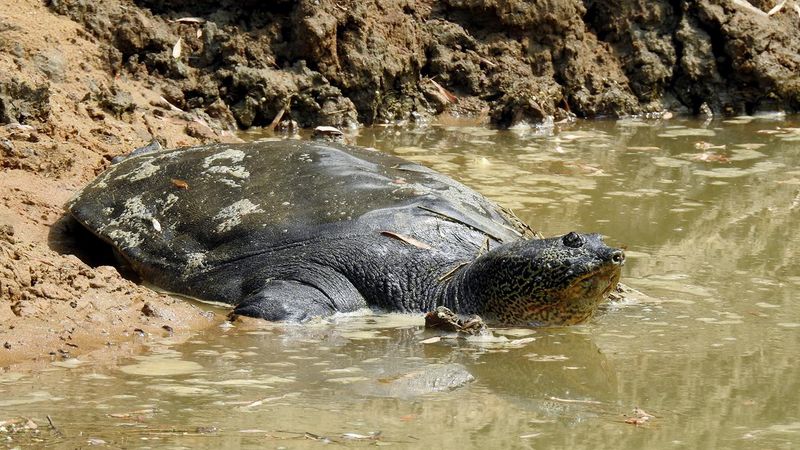
The Yangtze Giant Softshell Turtle is critically endangered, with only three known individuals left in China. Its survival is threatened by habitat destruction and pollution.
Conservationists are implementing breeding programs to boost numbers, a challenging task given its specific habitat needs.
Their unique adaptation to river life highlights the importance of preserving freshwater ecosystems. Restoring their natural habitats is crucial for their survival. Public awareness and policy support can drive positive changes.

